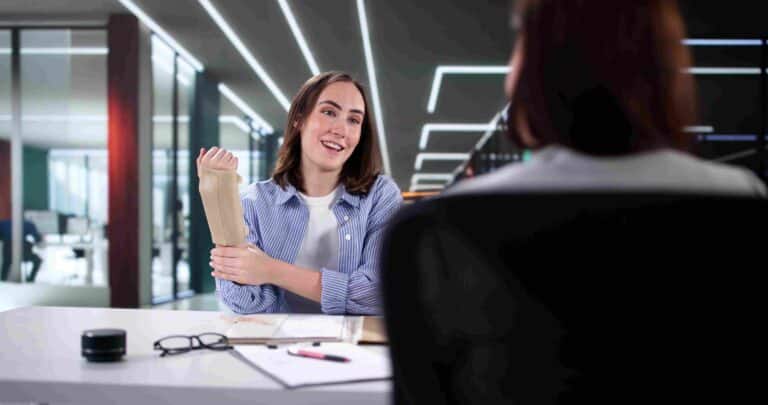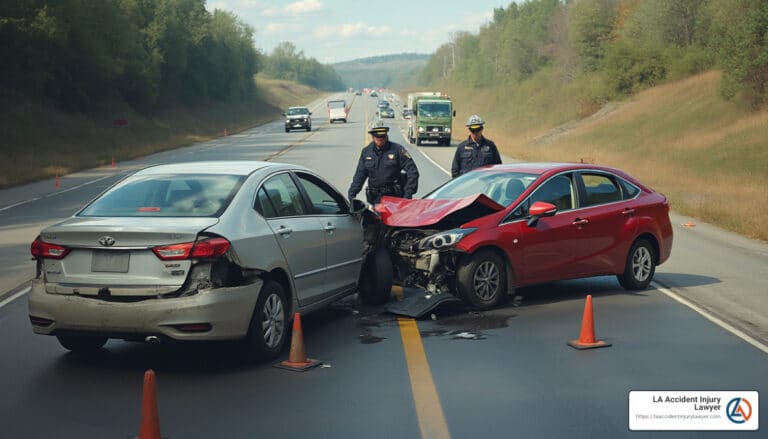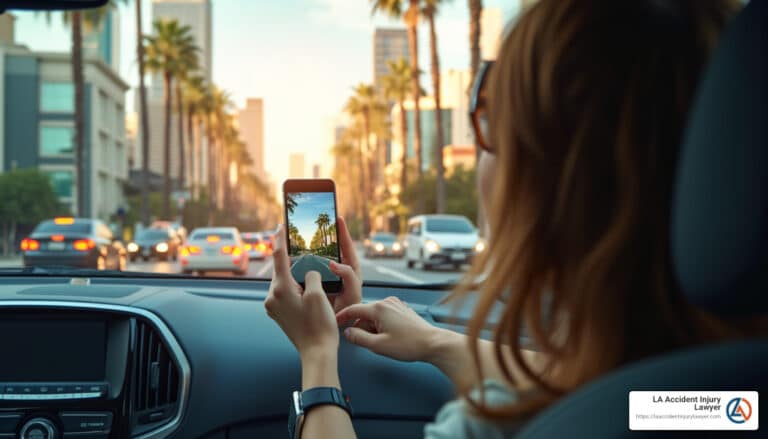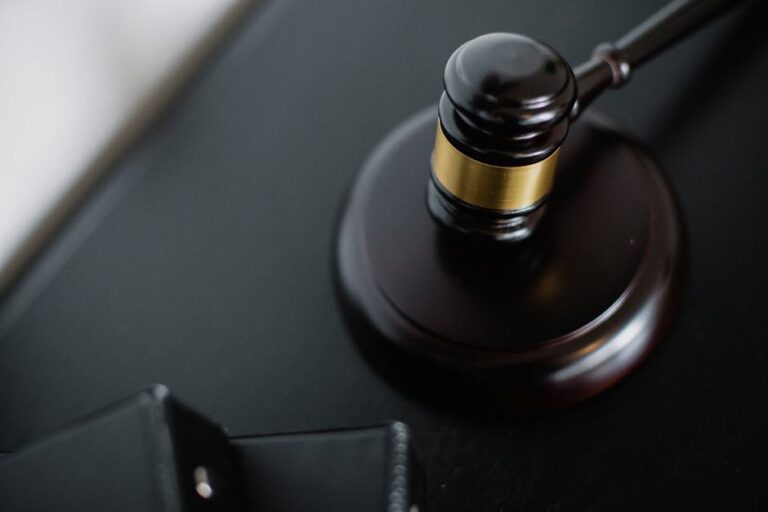
From photographs to official reports, every piece of evidence helps reconstruct the events leading to the accident. Such clarity is essential for holding the responsible party accountable. Knowing which types of evidence are most effective can significantly affect a case’s outcome.
Photographic and Video Evidence
Visual documentation is one of the most persuasive forms of evidence in accident cases. Photos and videos can capture details that are otherwise difficult to explain. These materials help illustrate the accident’s severity and highlight factors like road conditions or vehicle damage.
- Scene Photos: Capturing the accident scene in the immediate aftermath can provide a snapshot of essential details such as skid marks, traffic signs, and vehicle positions.
- Dashcam Footage: Increasingly common, dashcam recordings offer real-time documentation of events, often leaving little room for dispute.
- Surveillance Cameras: Footage from nearby businesses or traffic cameras can corroborate claims and provide a neutral perspective of the accident.
Visual evidence also aids in identifying contributing factors, such as weather conditions or hazards, that might have contributed to the accident.
Eyewitness Accounts
Eyewitness testimony can significantly impact how fault is assigned in an accident case. These accounts offer a human perspective and provide details that mechanical or photographic evidence commonly misses.
Witnesses can:
- Confirm drivers’ behavior leading up to the accident, such as speeding or reckless maneuvers.
- Highlight external factors, such as other vehicles or pedestrians that influenced the event.
- Provide a timeline of events that aligns with other pieces of evidence.
While eyewitness accounts are valuable, they are most effective when combined with other forms of evidence, as personal recollections can sometimes be incomplete or inconsistent.
Police and Accident Reports
Official documentation is another cornerstone of proving fault. Police and accident reports contain details collected by authorities at the scene and offer an objective analysis of the incident.
These reports typically include:
- Descriptions of the Scene: Information about vehicle damage, road conditions, and other relevant observations.
- Statements from Drivers and Witnesses: Summaries of each party’s perspective on the events.
- Fault Determination: In some cases, officers may indicate their opinion on who was at fault based on the evidence collected.
A detailed police report strengthens a case by providing a professional’s viewpoint, which can be persuasive in legal proceedings.
Physical Evidence from the Scene
Tangible evidence from the accident site can offer powerful proof of fault. This type of evidence directly connects to the events and can support or refute claims made by either party.
Examples of physical evidence include:
- Vehicle Debris: Pieces of a vehicle left at the scene can help determine the point of impact and the collision’s severity.
- Skid Marks: Patterns on the road indicate braking or swerving, which can reveal driver behavior moments before the crash.
- Damaged Property: Signs, guardrails, or other structures impacted during the accident provide clues about how and where the collision occurred.
Preserving physical evidence is critical, as its condition can degrade over time. Accident victims should act quickly to document or secure these items.
Expert Testimony
When evidence requires interpretation, expert witnesses can bridge the gap by providing professional analysis. These individuals have specialized knowledge in areas relevant to accident cases.
Experts often include:
- Accident Reconstruction Specialists: Use physical evidence and reports to recreate the sequence of events and demonstrate how the accident occurred.
- Medical Professionals: Testify about injuries sustained and their correlation to the accident.
- Engineers or Mechanics: Provide insight into vehicle malfunctions or road design issues that may have contributed to the collision.
Expert testimony can clarify complex issues, making it easier for juries or judges to understand a case’s technical aspects.
Electronic Data as Evidence
Modern vehicles and devices generate valuable electronic data that can help establish fault. This type of evidence provides precise information that is difficult to dispute.
Sources of electronic evidence include:
- Event Data Recorders (EDRs): Often called black boxes, these devices record details such as speed, braking, and steering inputs leading up to the accident.
- Cell Phone Records: These can show whether a driver was distracted by calls or texts during the collision.
- GPS Data: Location and travel speed information can help determine the position and movement of vehicles involved.
Accessing electronic data typically requires cooperation from manufacturers or legal intervention, but the insights gained are often invaluable.
Common Evidence in Truck and Motorcycle Accidents
Truck and motorcycle accidents often involve unique challenges in proving fault due to the nature of these vehicles. Evidence tailored to these cases is essential for a fair resolution.
Los Angeles truck accident lawyers focus on:
- Truck Logs: Records of the driver’s hours and activities can reveal violations of safety regulations.
- Maintenance Records: Documentation of the vehicle’s condition can highlight negligence by the trucking company.
- Cargo Securement: Improperly loaded cargo can cause or exacerbate accidents.
Los Angeles motorcycle accident lawyers compile:
- Helmet and Gear Damage: These items can illustrate the force of impact and potential injuries sustained.
- Visibility Factors: Evidence showing whether the motorcyclist was visible to other drivers, such as reflective gear or headlights.
- Road Conditions: Hazardous surfaces that disproportionately affect motorcyclists.
Los Angeles accident lawyers often prioritize gathering this specialized evidence to build a robust case.
The Role of Technology in Preserving Evidence
Advancements in technology have made it easier to collect, preserve, and analyze evidence. From smartphone apps to advanced forensic tools, accident victims have more resources than ever to support their claims.
- Mobile Apps: Apps designed for accidents can guide victims on effectively documenting evidence.
- Cloud Storage: Digital evidence, such as photos and videos, are stored securely for future use.
- 3D Mapping Tools: These create detailed reconstructions of accident scenes, providing a comprehensive view of the event.
Utilizing these tools ensures that crucial evidence remains intact and accessible when needed.
Proving Fault Through Comprehensive Evidence in Los Angeles Accident Cases
Building a strong case requires combining various types of evidence to create a clear narrative of what occurred. Accident victims can present a compelling argument for fault by leveraging photographic documentation, official reports, eyewitness testimony, and expert analysis.
Understanding the importance of each type of evidence empowers individuals to take the necessary steps toward justice.





